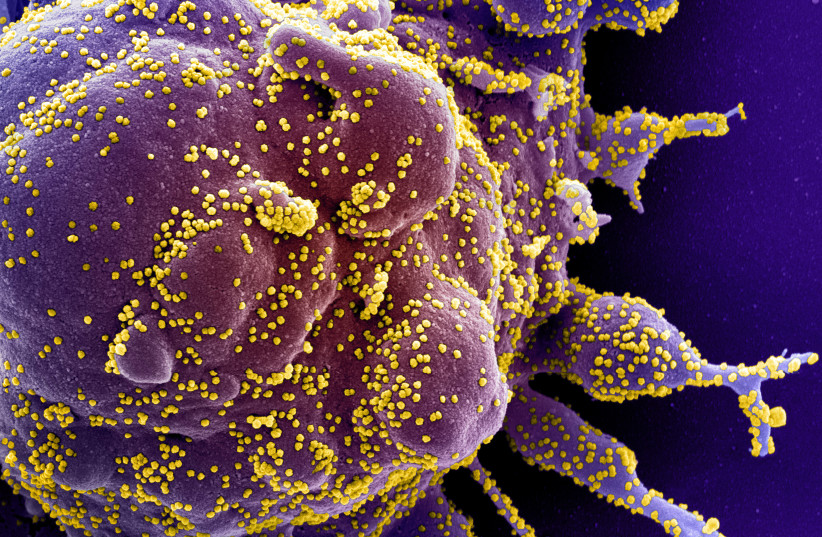Smartwatches can be used to track COVID-19 symptoms and could determine whether someone has a severe case, according to a peer-reviewed study by University of Michigan researchers that was published in Cell Reports last Tuesday.
The study observed the effects of the disease with six factors based on heart rate data. According to the university, the same process could identify other diseases and may allow people to track illnesses when medical resources are scarce.
In the study, the researchers found new signals expressed by patients' heart rate - COVID-19 patients had an increased heart rate per step after they began experiencing symptoms and patients with a cough had a significantly higher heart rate per step than those without one.
Professor of mathematics and research professor of computational medicine and bioinformatics Daniel Forger elaborated on these findings:
"We found that COVID dampened biological timekeeping signals, changed how your heart rate responds to activity, altered basal heart rate and caused stress signals," he said. "What we realized was knowledge of physiology, how the body works and mathematics can help us get more information from these wearables."
The University of Michigan researchers found that these metrics could accurately determine patients' state of health.
Participants were taken from those who were involved in the Intern Health Study in 2019 and 2020, which followed doctors from multiple institutions during their first year of residency.
Additionally, information from the Roadmap College Student Data Set, which observed students' health using Fitbits and manually reported COVID-19 symptoms, as well as public data, were used.
Using an algorithm that estimates circadian rhythm, the researchers found several metrics:
Heart rate increase per step increased after COVID-19 symptoms began, heart rate per step was higher in patients with a cough, circadian phase uncertainty increased when COVID-19 symptoms began - a possible sign of infection, daily basal heart rate increased with or before symptom onset and heart rate usually correlated with symptom onset - a possible indicator of increased levels of the stress hormone adenosine.

